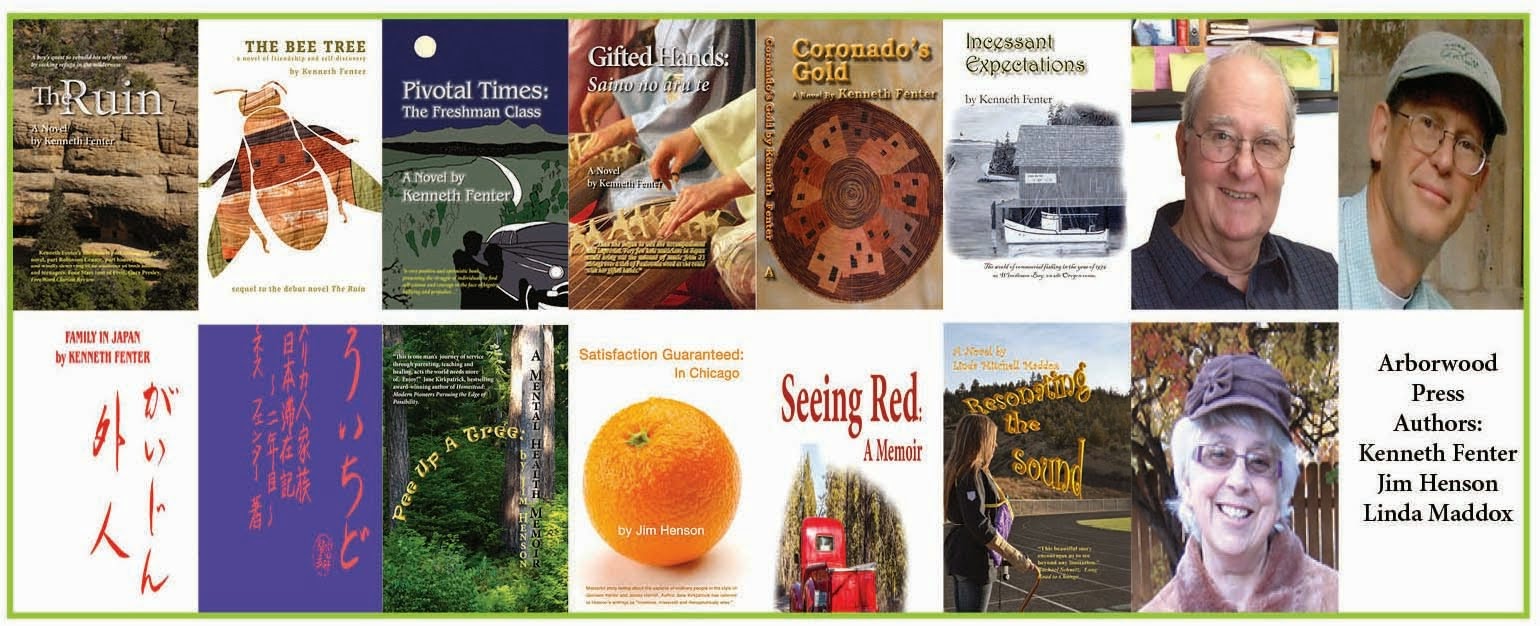At long last the second edition of Suteindo Garasu: Stained Glass is nearing release. Over the last year I've scanned and run the original text through optical character recognition (OCR) cleaned the file, and re-scanned all the photos in color to produce a second edition copy. This edition will be printed in full color fitting the stained glass windows. Some of the color photos have lost their original brilliance, unfortunately, but most are still close to the original. Unfortunately the full color book is more expensive but that is the nature of color printing. I held the price down by printing the volume in a larger 8.5 x 11 format. Text is in two columns for readability. The e-book will also be in full color. This will make it viewable in color on the Kindle Fire and I believe it will be viewed in color if read on tablets such as the IPad. I haven't tested it that way yet.
I'm proud of this book although it did not have nearly the circulation that Gaijin and MoIchido had. When I released it in 1990, I was back in the classroom full time and had little time to market it. Even now, 29 years after the release of the first edition of Gaijin, it is the best selling of all my books. I encourage readers of it and MoIchido to read Stained Glass to see how the saga concluded for me.
Ken Fenter.
Stained Glass the third of Ken Fenter’s books about Japan, continues the stories begun In the first two, (Gaijn! Gaijin! and Mo Ichido: Once More) but adds a new dimension. The Fenter family re-enters life in the United States, but life has changed. Although their readjustment seems smooth, Fenter himself has some unfinished business in Japan, both practical and emotional. During the next three years he attempts to set up a business, making stained glass windows and lamps, which would allow him to move back and forth between two cultures. The book is an examination of the differences in those cultures, particularly in their business dealings, an insight into the working of an artistic mind, and a frank, personal view of a man in transition.
Fenter’s returning to Japan as a businessman instead of a teacher is a bit like Dorothy returning to Oz as an entrepreneur. Some of the magic and wonder is gone: reality is more apparent, but there is the possibility for really understanding the culture in more of its subtleties as he works his way through the system.
 Stained Glass adds a new dimension to the other books in its emphasis on the actual process of producing fine works of art. Beginning with the interviews with the customers to discover what they have in mind, mulling over design possibilities, settling on a final plan, making drawing, presenting them for approval, putting together glass and lead, and finally installing windows or lamps in less than ideal circumstances, Fenter lets us see the complexity of each step. It is a rare analysis of the creative mind at work presented humbly and introspectively. His book is worth reading for that alone.
Stained Glass adds a new dimension to the other books in its emphasis on the actual process of producing fine works of art. Beginning with the interviews with the customers to discover what they have in mind, mulling over design possibilities, settling on a final plan, making drawing, presenting them for approval, putting together glass and lead, and finally installing windows or lamps in less than ideal circumstances, Fenter lets us see the complexity of each step. It is a rare analysis of the creative mind at work presented humbly and introspectively. His book is worth reading for that alone.We learn more about Japan and Japanese customs in this book, but we also learn more about our own culture. For awhile Fenter is “gaijin” foreigner in both cultures and he applies his observation skills to both cultures, trying to find his place in one or both of them. The search is often frustrating and leads the reader to think how each of us receives value in our culture and what we might be willing to risk in another.
Like the other two books, this is an adventure, a search, an initiation. It moves from the light-hearted to the poignant, from elation to frustration, to despondency and back with a sure voice. Wide-eyed absorption is gone; realistic evaluation takes its place. Any reader’s understanding will be broadened as Fenter takes us through the maze of culture, artistic endeavor, and personal growth.
Ronalee Ramsay Kincaid


No comments:
Post a Comment